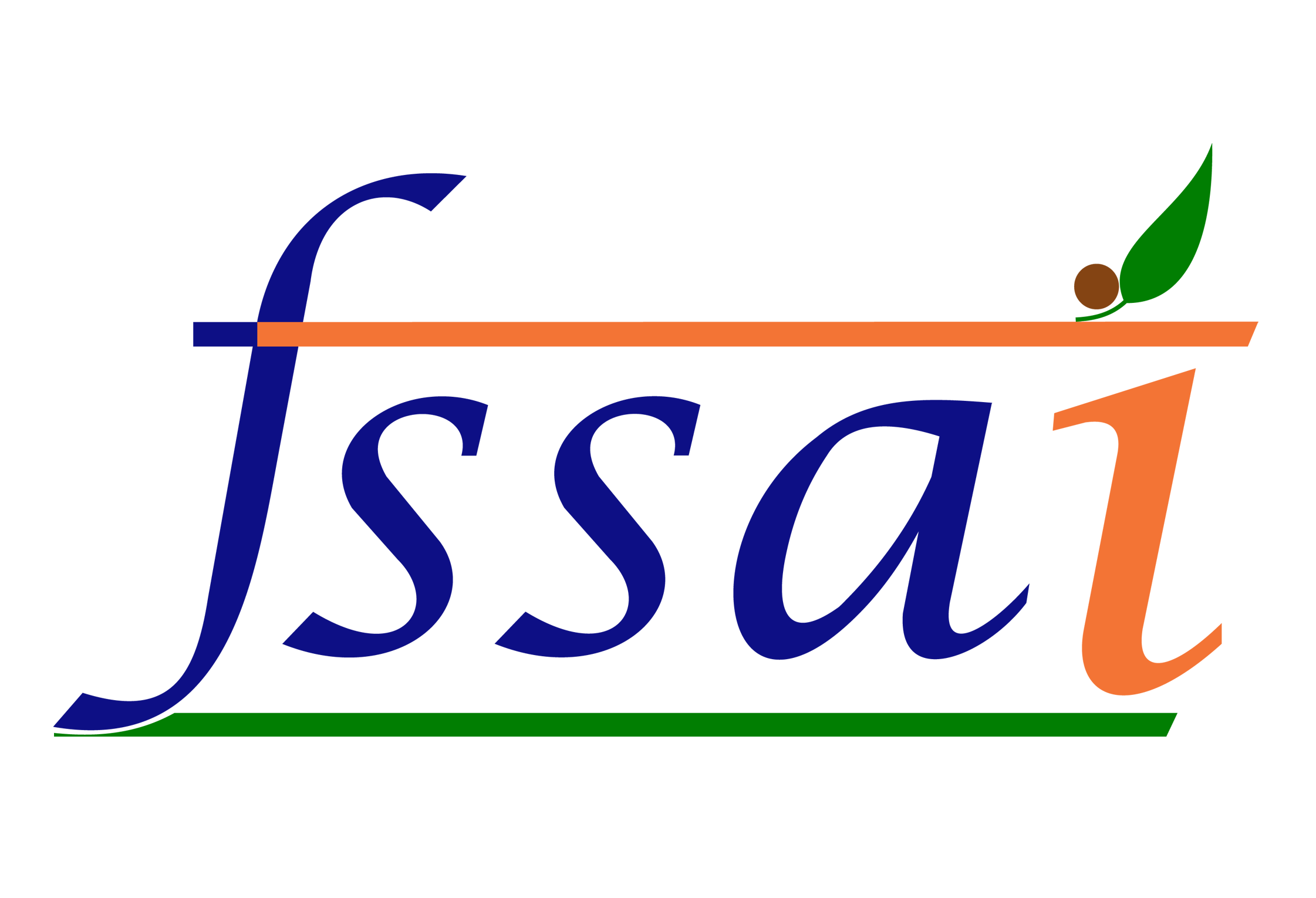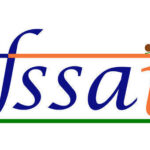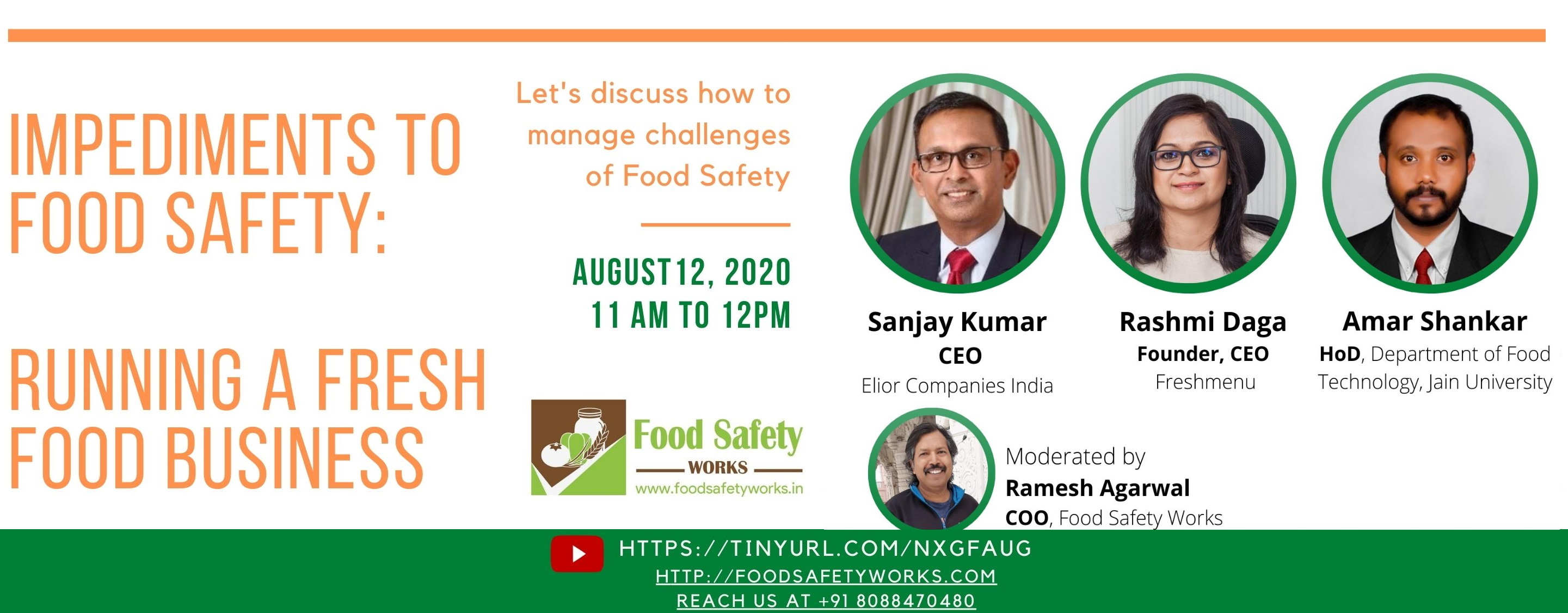What’s the confusion?
Multiple food safety standards and certifications can be difficult to understand, what each one means, and whether a particular category qualifies the relevant standards. Some standards can be inconsistent or conflicting, creating confusion about what is the right standard for your facility. Variations in standards between countries make it confusing for consumers and companies that operate in multiple markets. At times, even the abundance of information is overwhelming making it difficult for consumers to make informed decisions about the food they eat.
There are different food safety standards that may have different criteria, making it difficult to compare standards and make an informed decision. The complex nature of food safety regulations can make it challenging for companies to ensure they are meeting the relevant standards in every market they operate in. To ensure that the food from the farm is safe for consumption till it reaches the plate, food safety management systems have been developed, reviewed, and upgraded over a period of time.
Let’s start from the beginning, why do you need ‘Standards’?
‘Standards’ are similar to recipes; they guarantee that a process is systematic, consistent, and independent of a single individual. A standardized system ensures that the process runs smoothly without relying on a single person. It improves efficiency by not being dependent on an individual since every step is standardized and documented.
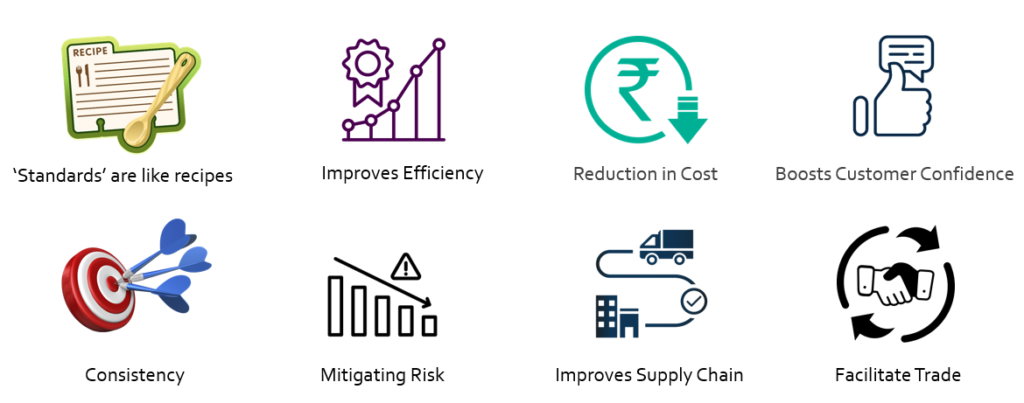
These standards are established by national and international regulatory bodies, such as the U.S. Food and Drug Administration (US FDA) and the World Health Organization (WHO), and are based on scientific evidence and risk assessment.
International food standards help to prevent foodborne illnesses, which are caused by consuming contaminated food. They set guidelines for the handling, preparation, and storage of food to minimize the risk of contamination, and they also establish limits for the levels of harmful substances, such as pesticides and heavy metals, that may be present in food which boosts customer confidence. While establishing a food safety management system might incur additional costs in the initial stages it effectively reduces the overall cost by decreasing the chances of contamination and negative customer feedback. It also improves operational efficiency.
Additionally, food safety standards are important for protecting the environment, as they set standards for the use of natural resources, such as water and land, in food production, for reducing waste and pollution, and overall emphases in sustainability.
Certifications or standards in the food industry.
Food safety certification and food standards can be product-based or process-based. Product-based food standards and certifications are specific to a particular country’s requirements. For example, vegan certification, organic product certification, and Bureau of Indian Standards(BIS) certification. Worldwide food commerce is made safer, better quality, and more equitable owing to the Codex Alimentarius standards, guidelines, and codes of conduct. Food importers and consumers rely on manufacturers to meet the codex standard requirements which helps in building trust, safety, and quality of the food items they purchase.

Among food safety management system certifications, HACCP still remains the core of food safety which was developed in 1960. It’s the only one specifically designed for the food that traveled to outer space and it still holds good when the food travels across the globe and every other facility that implements different food standards.
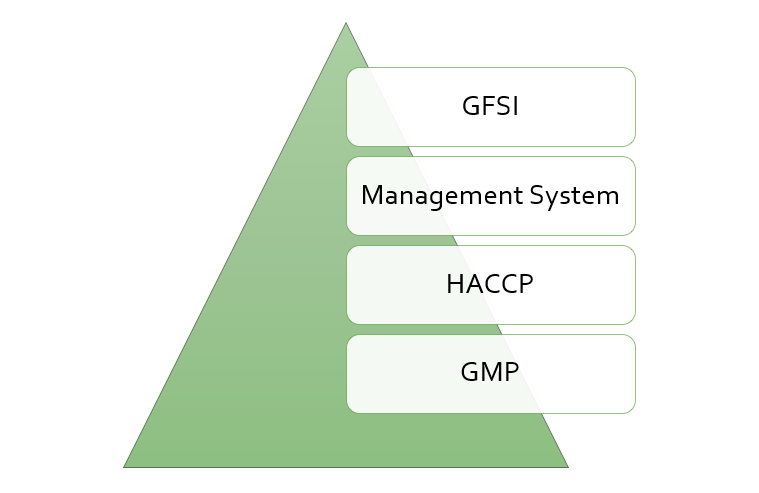
What is GFSI and why is it needed?
GFSI was first created in 2001 by a group of retailers motivated by the necessity of harmonizing food safety standards across the global supply chain. This gives you the freedom to select which food standard as a company you want to implement. To understand which all standards and scopes are included under GFSI we have a list below.

Most countries do accept the certification as an assurance of safe food if you are certified against any GFSI ( Global Food Safety Initiative) Certification. GFSI is important because it encourages collaboration and information-sharing among food safety stakeholders. This can help to drive innovation and best practices in food safety management, and ensure that the industry is continuously improving.
In Conclusion, which is the right ‘Standard’ for you?
When making decisions about food standard certifications, there are several parameters to keep in mind. The location of the company can be a factor in determining which certifications are appropriate, with GFSI-recognized food standards being more suitable for companies with a global presence, while basic food standard certifications may be sufficient for companies operating in a single country.

Ms. Sarika has B.Tech in Food Technology and has been leading the company since 2009. She has helped multiple clients implement FSMS at their locations. She has an overall experience of over 15 years in the domain.


